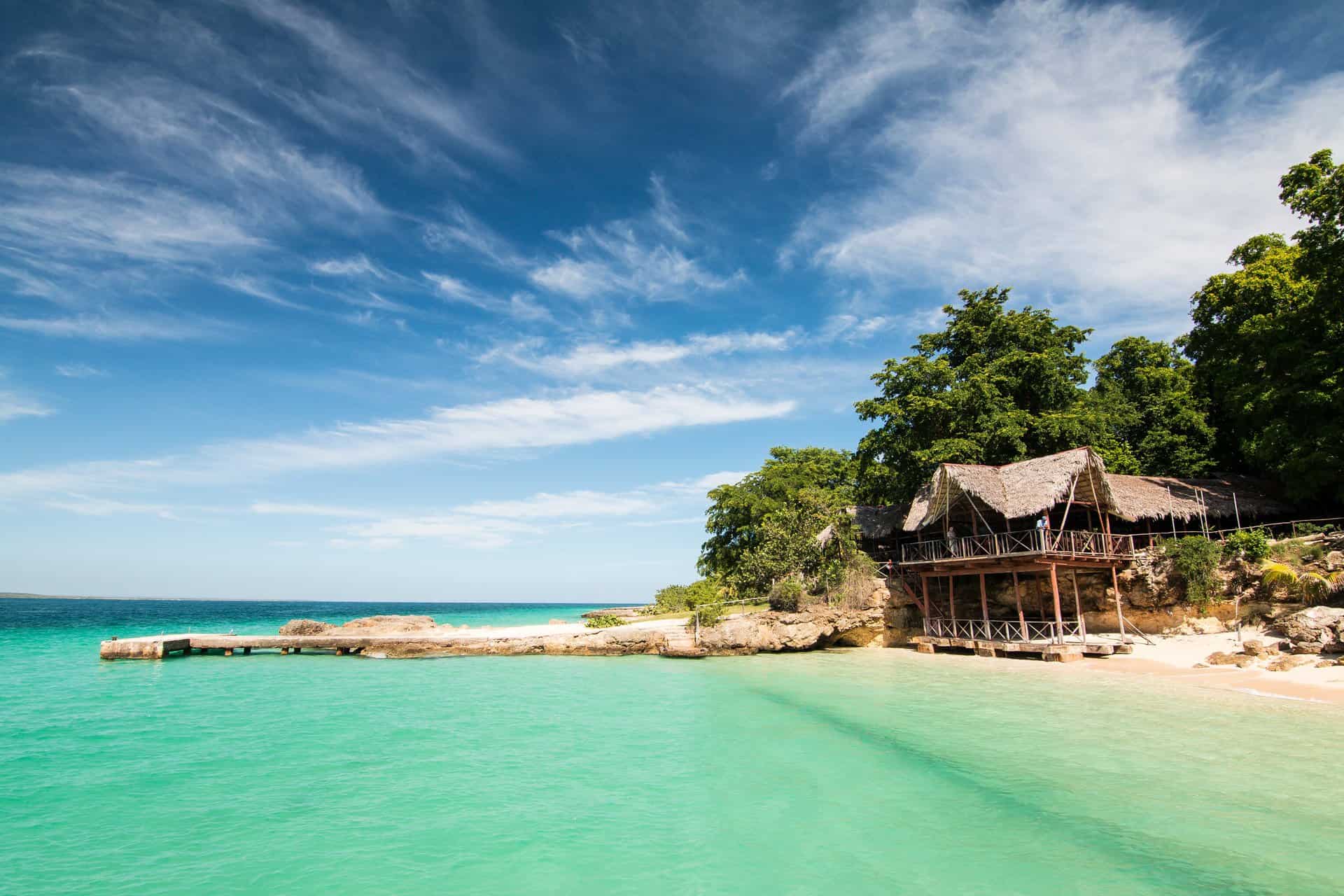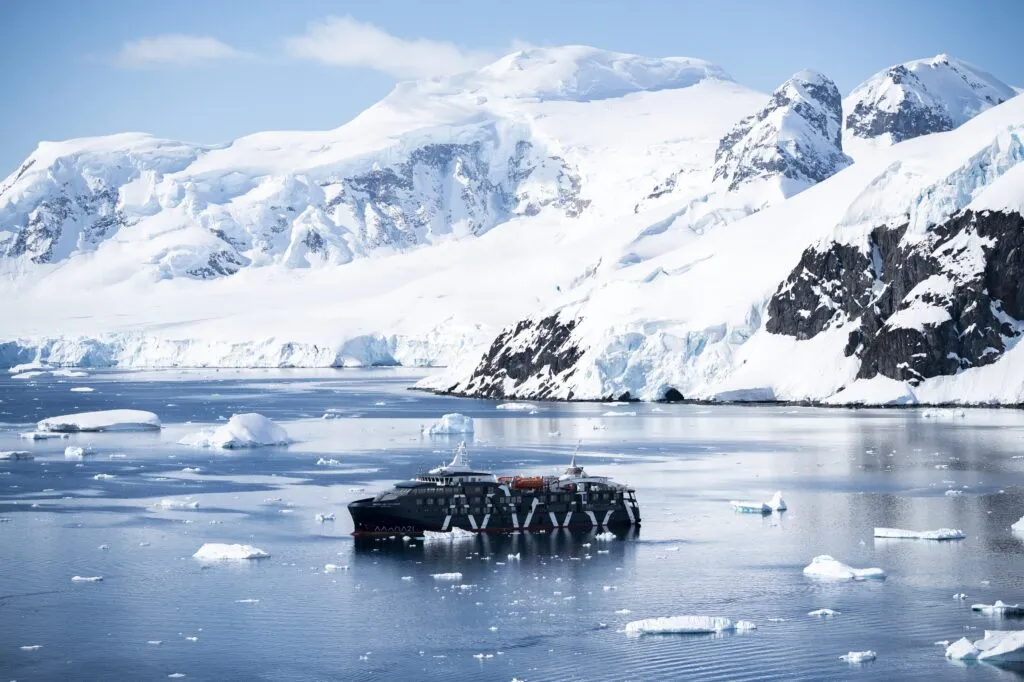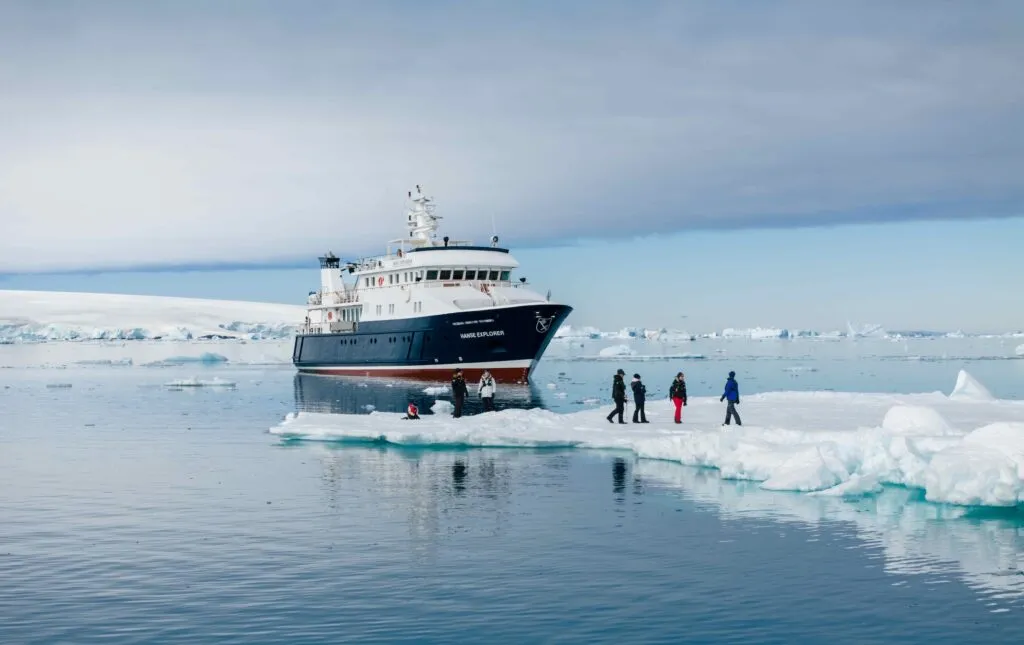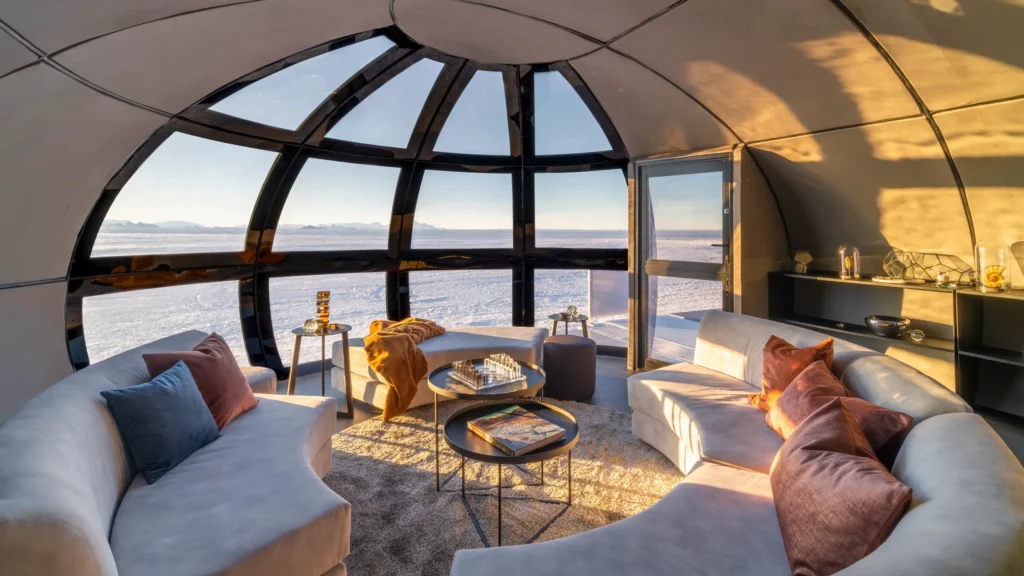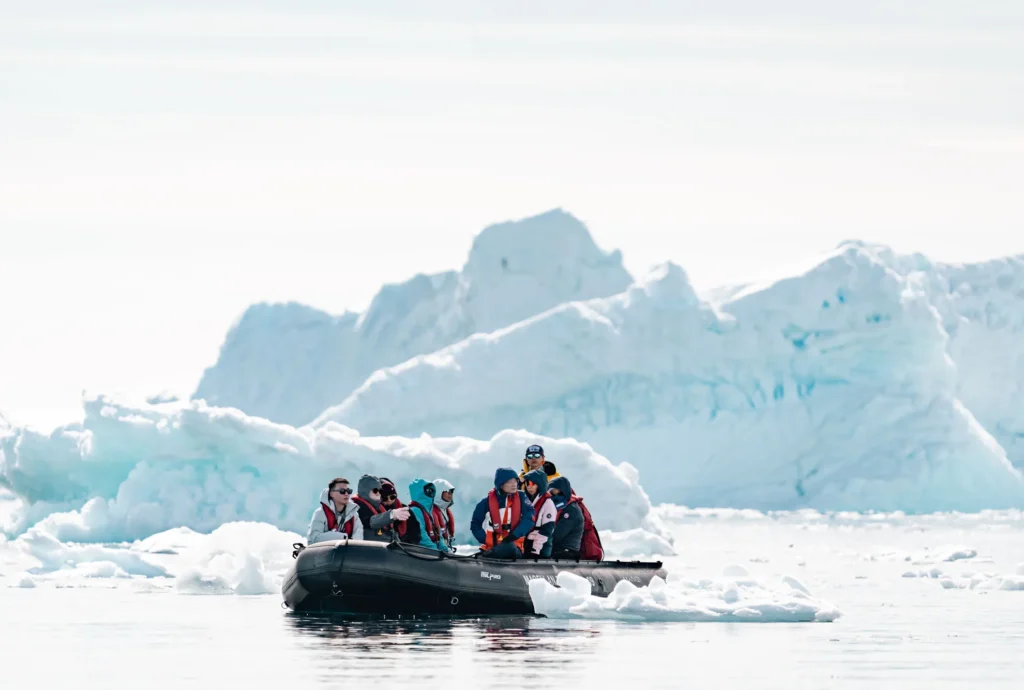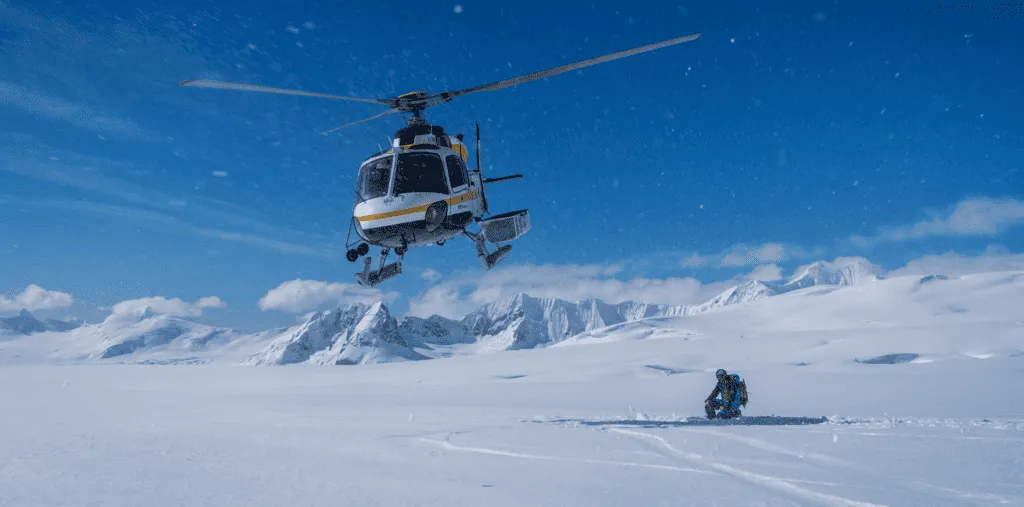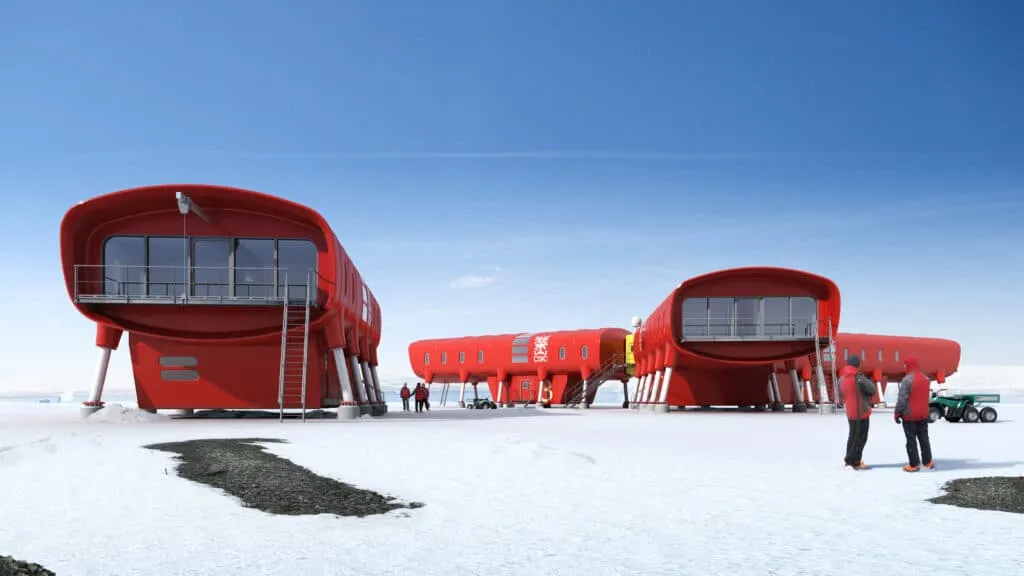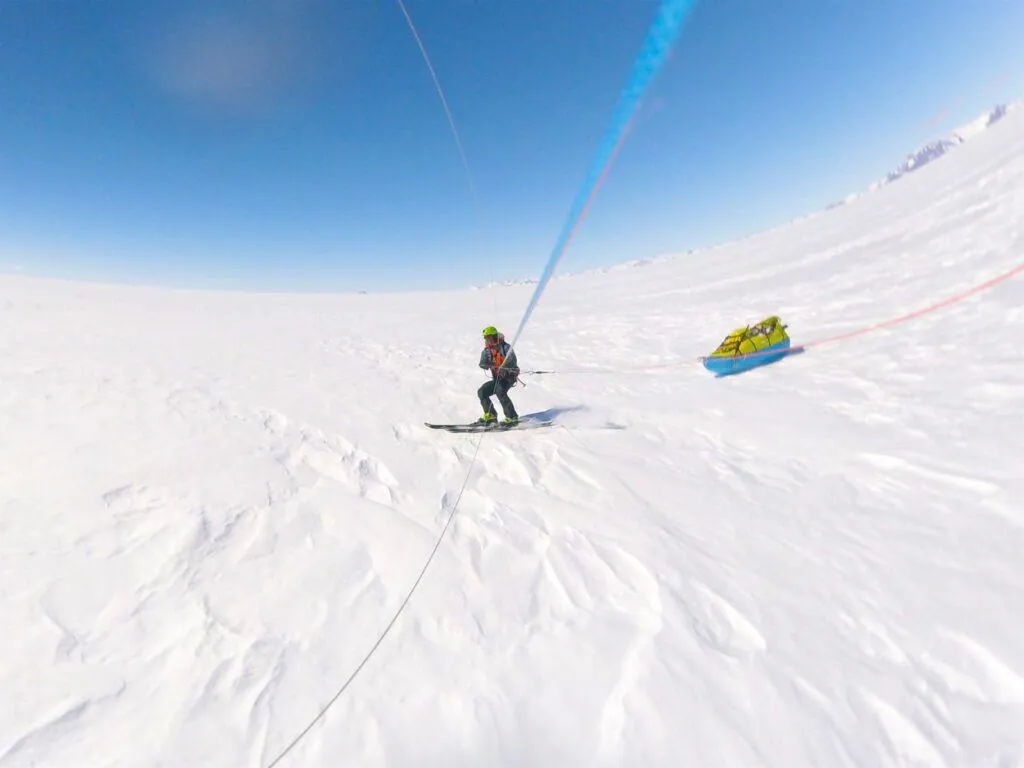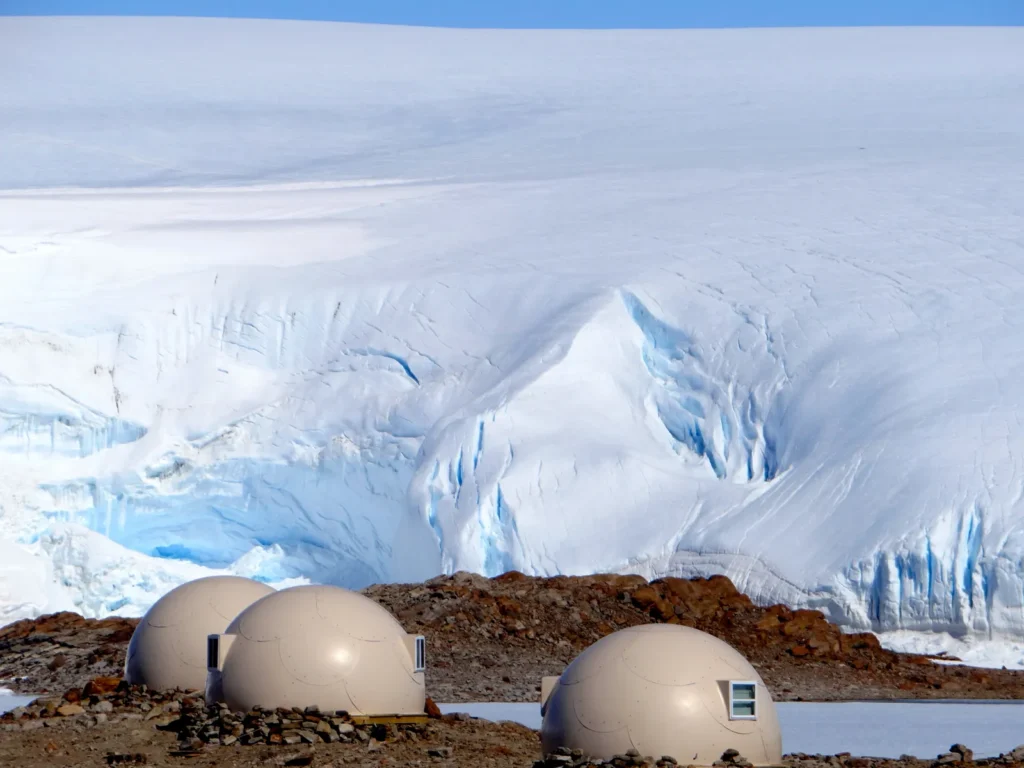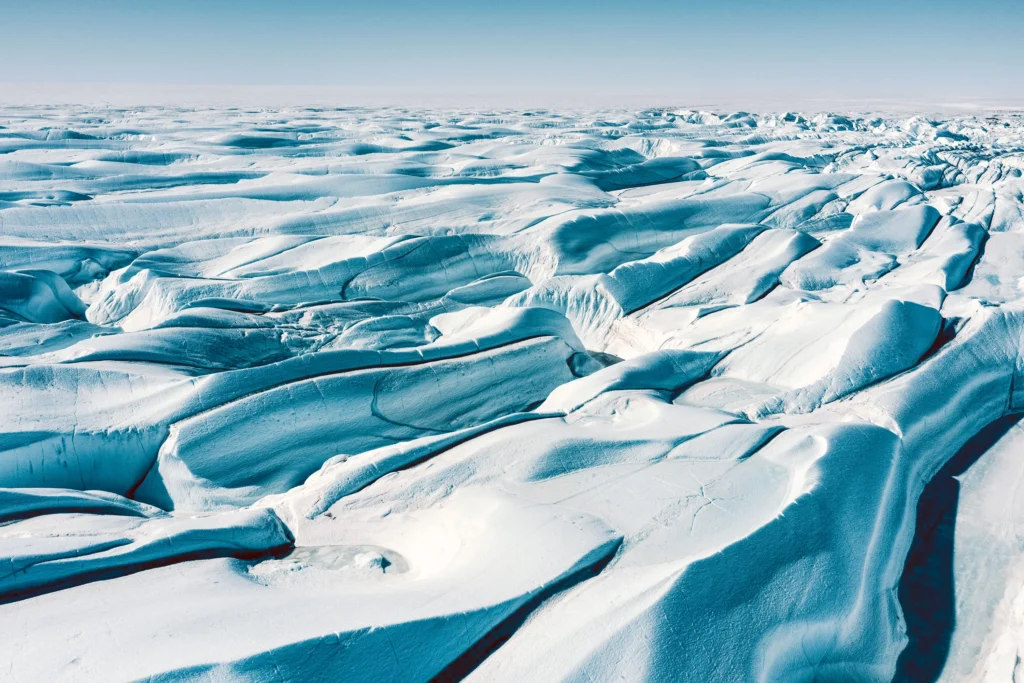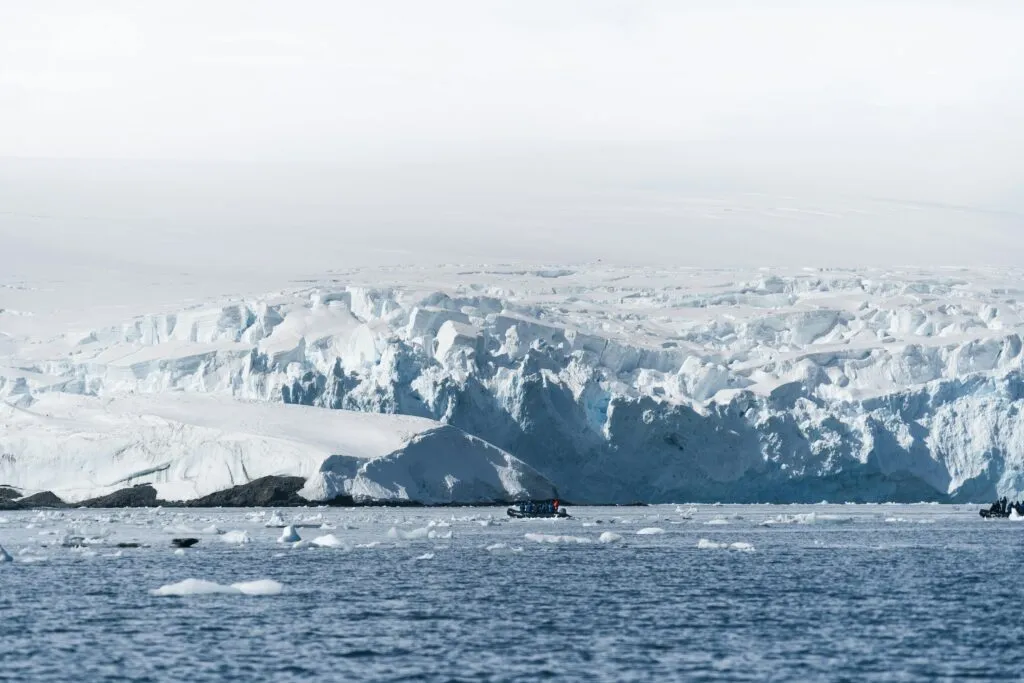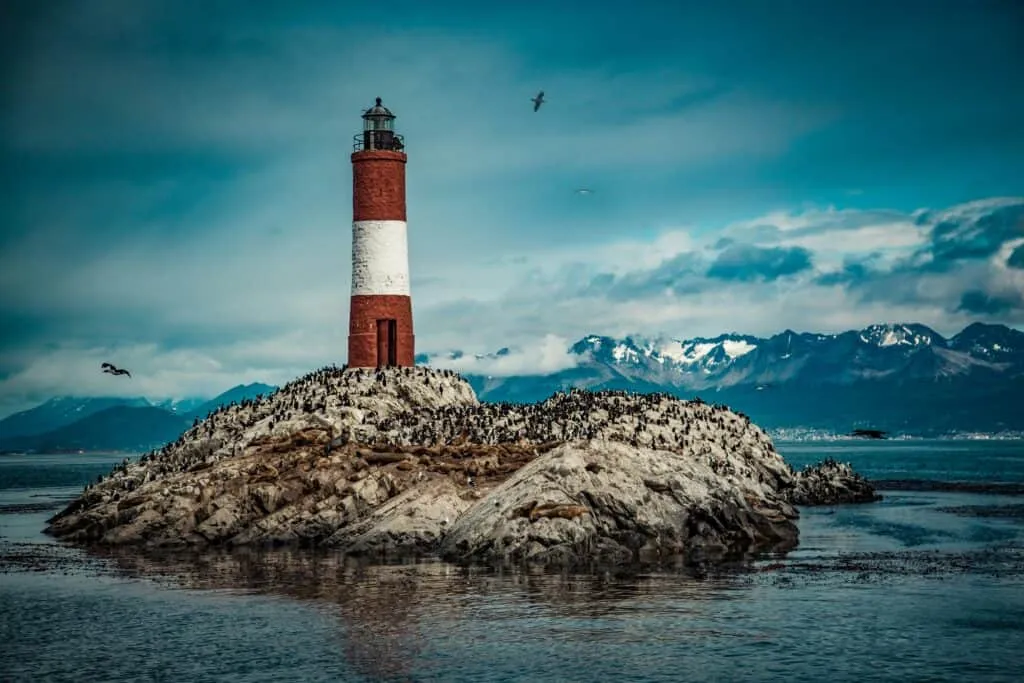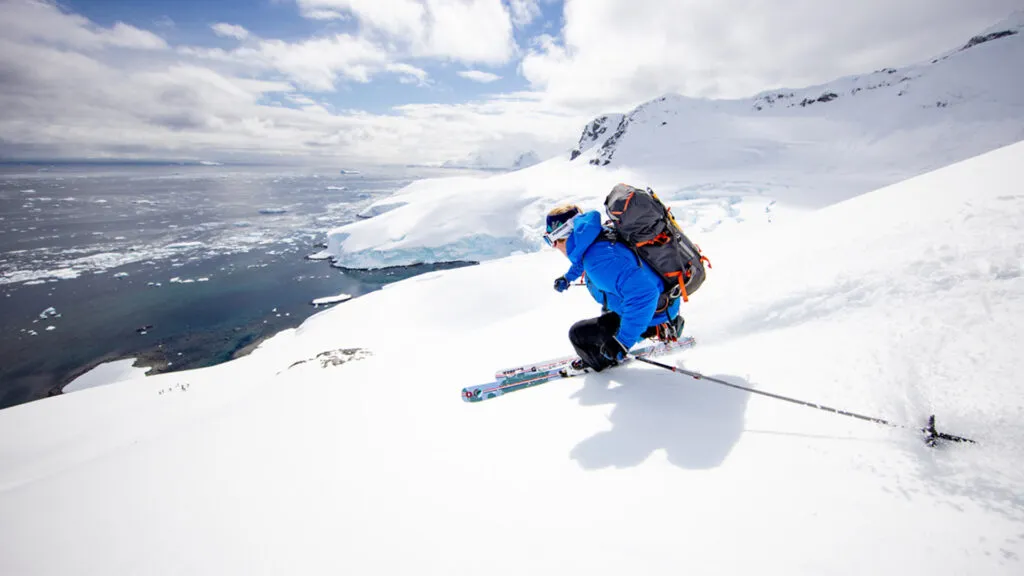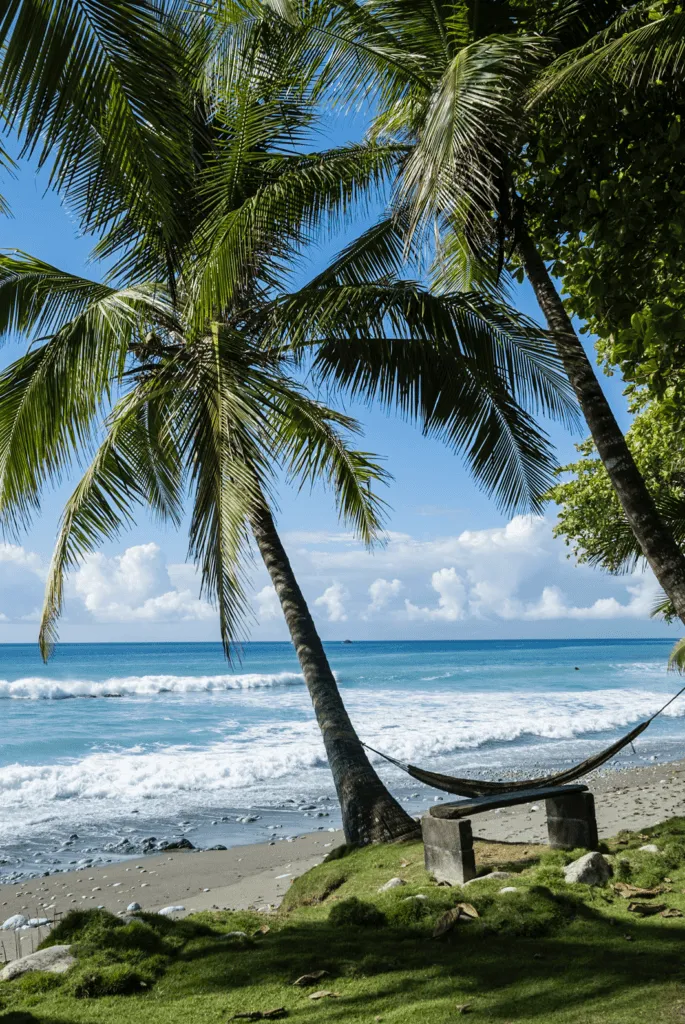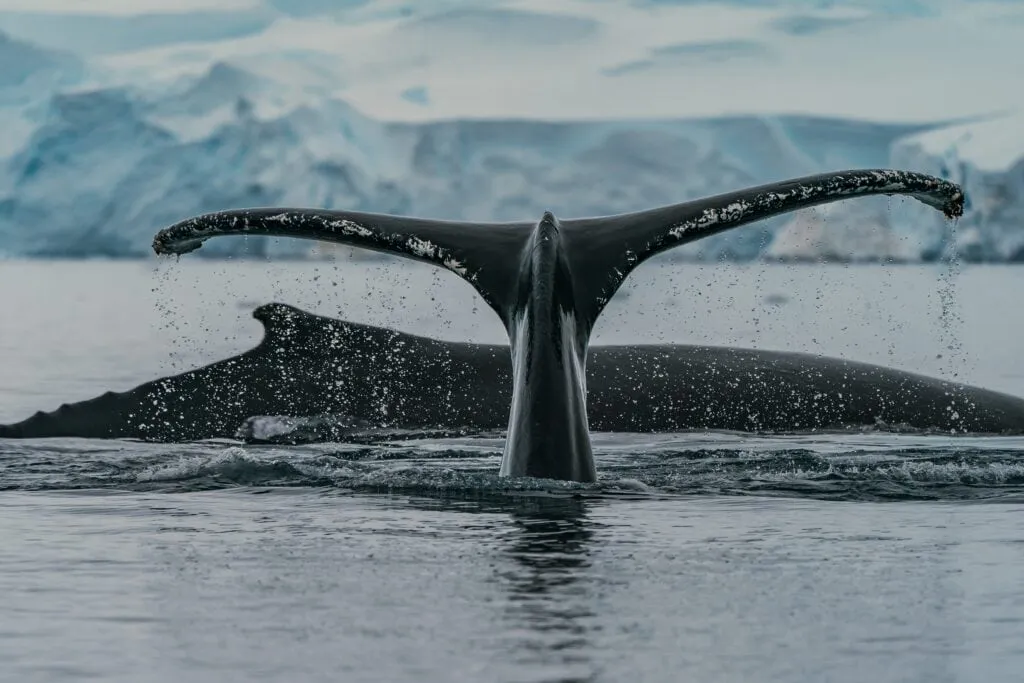
A LUXURY EXPEDITION TO ANTARCTICA
Antarctica is a land of raw and exquisite frozen seascapes – the natural world in its most natural state.
This austral hinterland instills a genuine sense of adventure – and indeed of privilege, with few people ever experiencing the awesome scale and tranquility of the White Continent.
We’ve hand-picked the best Antarctic cruises and expedition experiences – from cutting-edge expedition vessels and polar-class superyachts to land-based stays in remote ice camps. Each journey is led by a seasoned team of chefs, naturalists, historians, and polar guides, ready to make your Antarctic adventure one of a kind.
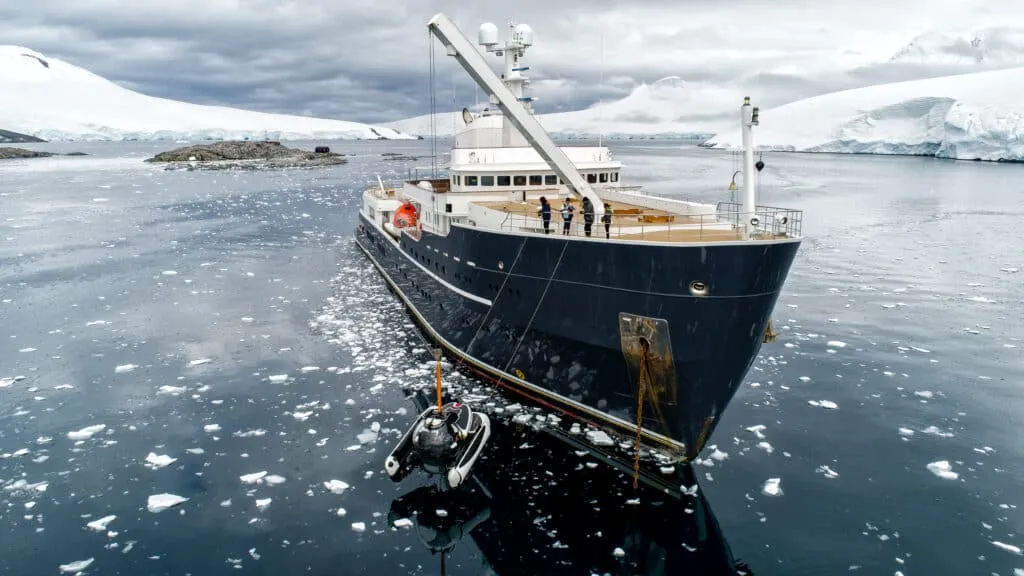
WHY VISIT ANTARCTICA
This is a place for those who seek adventure, where every journey feels like an expedition into the unknown.
Float past icebergs the size of small towns, explore its many islands, bays, and otherwise-inaccessible channels by zodiac, kayak among whale pods, and land on remote islands teeming with penguins, sea lions, and nesting seabirds. Antarctica’s wildlife is both abundant and unbothered by humans – which means unusually close encounters.
The intrepid can ski untouched slopes on the Antarctic Peninsula, climb or rappel frozen ridge lines, explore ice tunnels, or take a polar plunge at Deception Island, the caldera of a still-active volcano. For those who are up to the challenge, we can organise five-day overland expeditions retracing the route of the legendary 20th century explorer, Ernest Shackleton.
Antarctic expeditions can last anywhere from a single day to a month. Longer voyages can include landings in the South Shetland Islands, the Falkland Islands and South Georgia (known as ‘the Galapagos of the Poles’).

WHEN TO TRAVEL
Due to weather conditions, Antarctica’s tourist season is short – running from November until March.
November brings pristine snowfields and the start of the breeding season. Penguins and other seabirds begin nesting and courting, while seals fight to establish territories. This is the best time to see emperor penguins in the Ross Sea & Ice Shelf.
December and January are the warmest months, with temperatures hovering around zero degrees Celsius. The sun doesn’t set during December’s summer solstice, so you can experience the midnight sun. Seal pups are born, fluffy penguin chicks begin to hatch, and wildlife is at its peak.
February to March is ideal for whale watching in Antarctica, as feeding activity intensifies and fast-growing algae carpets the landscapes in brilliant hues of green – a fitting finale to the season.
Discover our favourite expedition vessels and camps for exploring the White Continent…
-
When is the best time to travel to Antarctica?
Within the season, November – March, there is no single ‘best’ month for travel – it depends on your interests. Wildlife enthusiasts can enjoy watching penguin courtship rituals in November and early December, or spot whales in February and March. Those looking to set out kayaking, skiing or diving may prefer December and January, when the days are longest and temperatures are warmest.
-
How long do I need to visit Antarctica?
Classic fly-cruise itineraries start at around 7 days, departing and arriving back in Punta Arenas in southern Chilean Patagonia. For those with more time, longer voyages of 2-3 weeks are available, taking in the Falkland Islands, South Georgia, or even the South Pole.
-
How far in advance do I need to book?
We advise booking journeys to Antarctica a minimum of 12 months prior, as the best ships and cabin categories tend to sell out well in advance. For certain boutique vessels and itineraries, 18 months is recommended.
-
How do I travel to Antarctica?
Most visitors to Antarctica will travel there by sea, departing from Ushuaia in southern Argentina and crossing the Drake Passage to reach the Antarctic Peninsula.
For anxious sailors and those short on time, certain expedition ships such as the Magellan Explorer and the Magellan Discoverer offer the option to take a short flight to Antarctica in just two hours and board your vessel there, skipping the notoriously choppy waters of the Drake.
-
What other destinations can I visit alongside Antarctica?
Antarctic expeditions typically depart from either Ushuaia or Punta Arenas in the far south of Patagonia, making it easy – and well worth it – to spend a few days either side of your voyage soaking up the Patagonian summer. Think hiking, riding, and fishing by day, bedding down in one of our favourite lodges or estancias by night.
Most travellers will route through Buenos Aires or Santiago, making either capital a natural stopover. For those with more time, these cities serve as a gateway for other favourite journeys in the region, from 4×4 crossings of the Atacama Desert to wine tasting in Mendoza and downtime on the Pacific Coast.
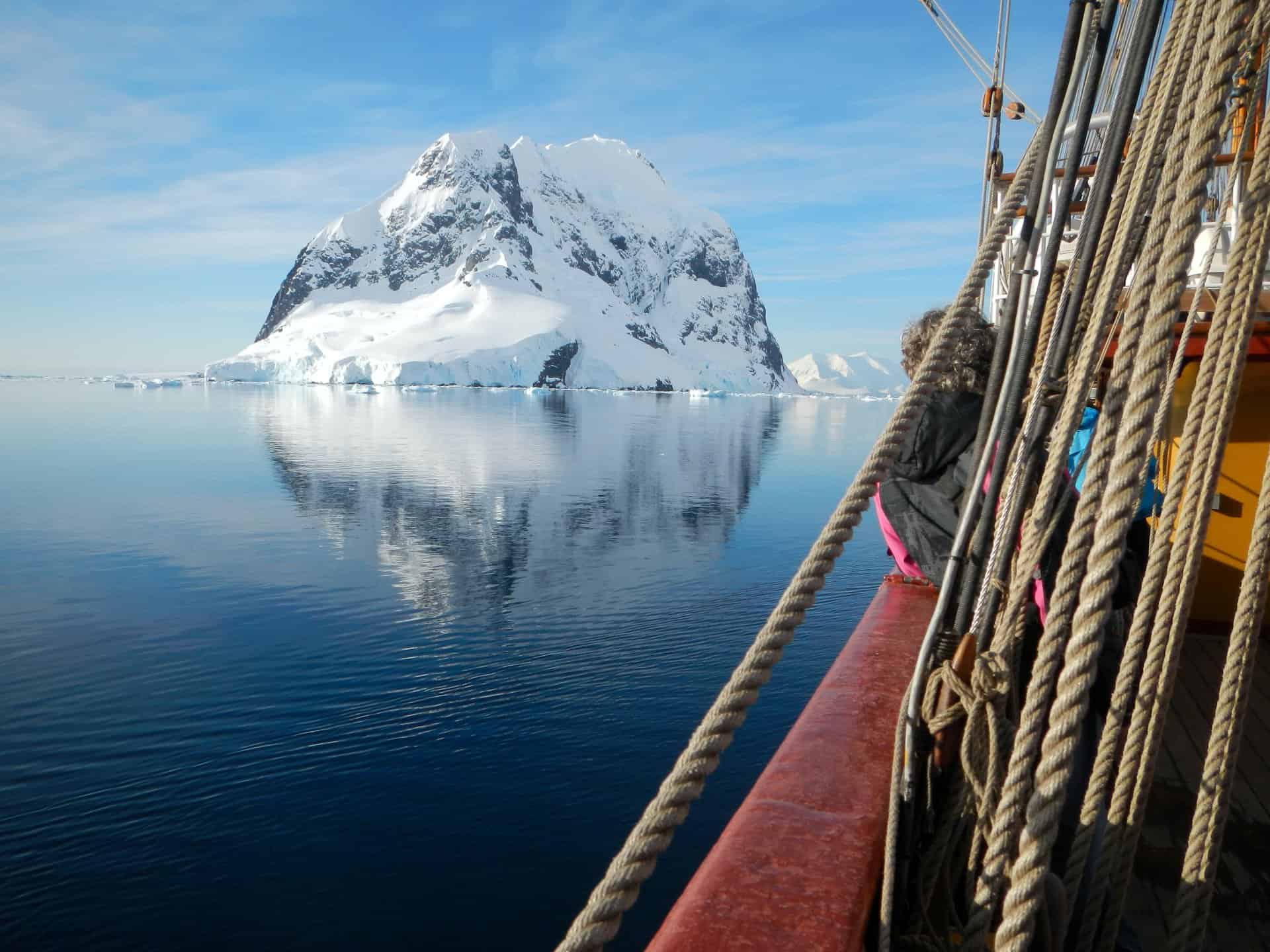
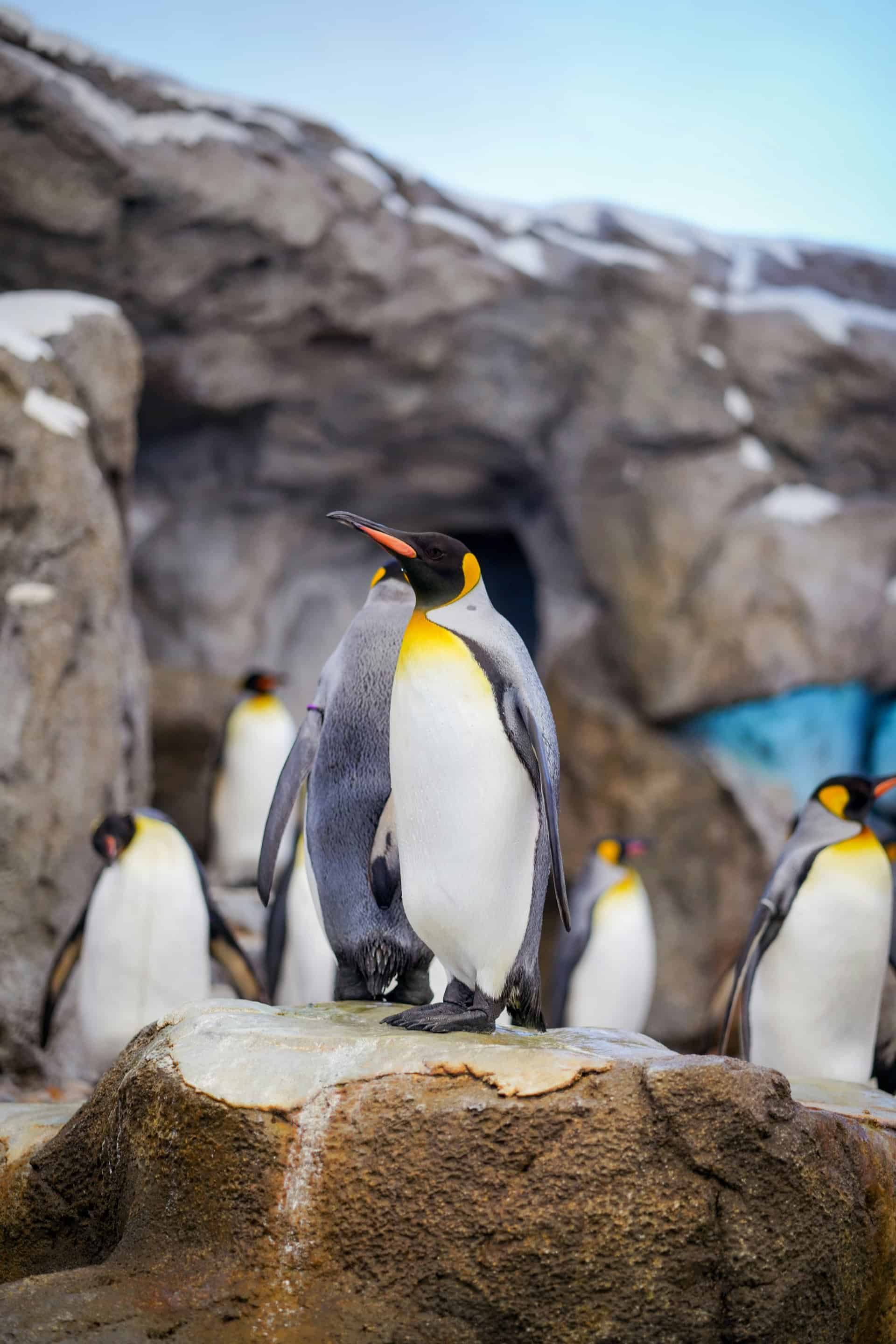
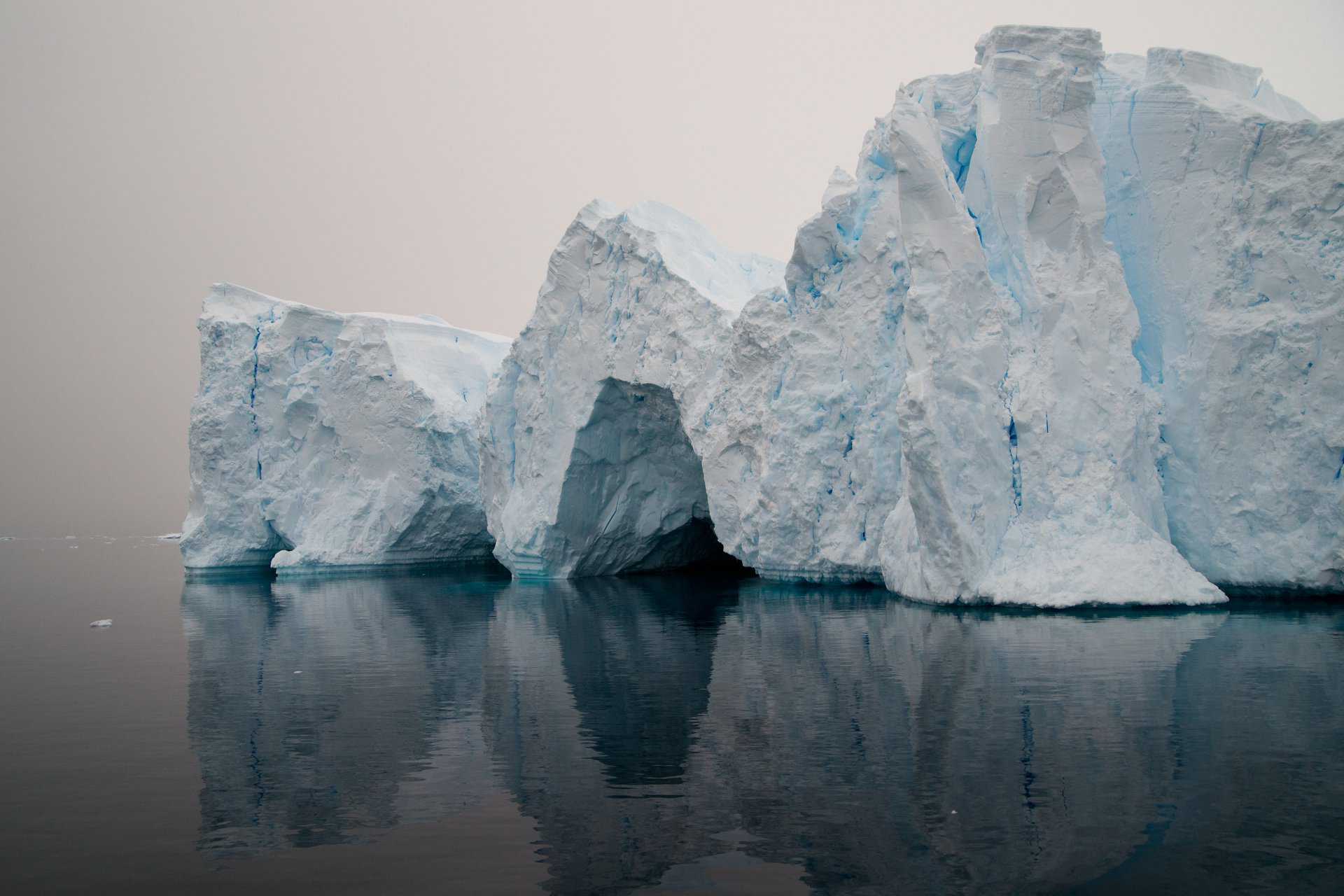
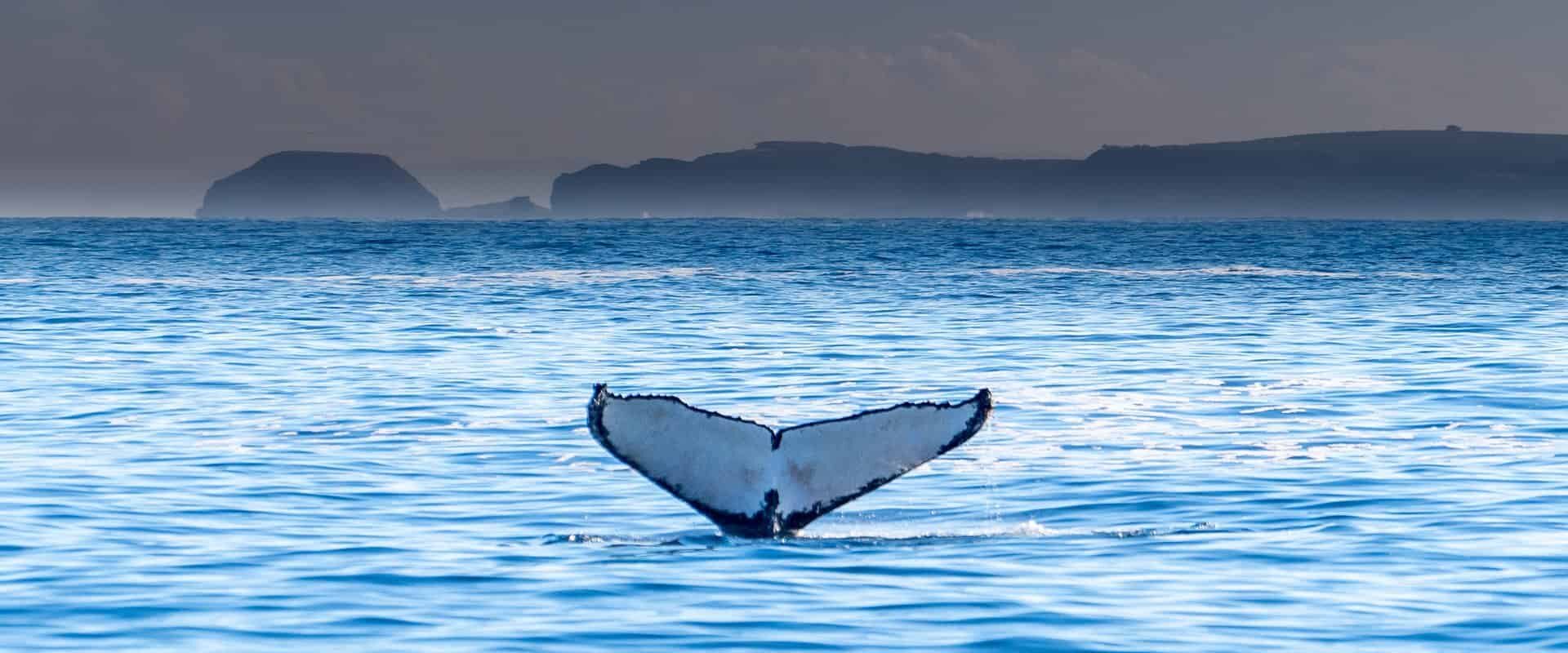
EXPERIENCE ANTARCTIC CULTURE
Select a Sense
Dining in Antarctica is a surprise and a delight – a warm, nourishing counterpoint to the stark polar landscape. Meals are designed to energise and comfort, with hearty stews, slow-cooked casseroles, and inventive dishes, each bite a testament to the ingenuity of Antarctic chefs working in extreme conditions.
In the most southerly part of the world, food is less about everyday ingredients and more about an extraordinary experience in an extreme environment. It’s a memorable and essential part of any polar expedition.
Embark on an auditory expedition in Antarctica, where the soundscape is as extraordinary as the setting. The continent resonates with a symphony of global melodies, echoing the diverse origins of its temporary residents.
Nature provides a concert like no other: the melodious calls of penguin colonies, the haunting howls of the relentless winds and the mesmerising crackle of shifting ice form an elemental symphony. The continent has also inspired numerous composers and musicians to respond in kind, capturing its essence through stirring orchestral pieces – from Ralph Vaughan Williams, whose Sinfonia Antartica evokes the stark drama of the polar south, to Cheryl E. Leonard, who composed using field recordings of ice, wind, and even penguin bones.
LISTEN INThere are no traditional crafts or local products to be found in Antarctica, but souvenirs can still carry a sense of place. Visitors often take home items like commemorative stamps or coins issued for Antarctic bases.
The most lasting memento for many, though, is often a photograph – an image capturing the surreal glow of the midnight sun on an iceberg, the presence of a penguin colony, or a zodiac cutting through iceberg-strewn waters towards an uninhabited, pristine island.
There are lots of opportunities to learn about the continent through scientific literature and research papers available at research stations. Popular reading choices include:
Endurance by Alfred Lansing, detailing Shackleton’s legendary expedition.
The Worst Journey in the World by Apsley Cherry-Garrard, an account of Scott’s tragic Terra Nova Expedition.
Antarctica: An Intimate Portrait of the World’s most Mysterious Continent by Gabrielle Walker
READ MOREWHAT OUR CLIENTS SAY
“I just wanted to thank you for working so hard on our trip. Everyone in the party agreed it was an outstanding couple of weeks. I don’t know when we’ll next be heading south, but we wouldn’t dream of doing so without you guys.”
